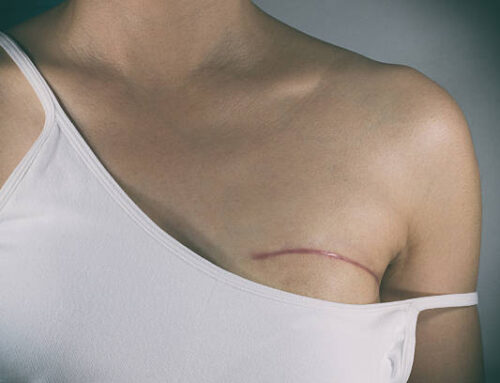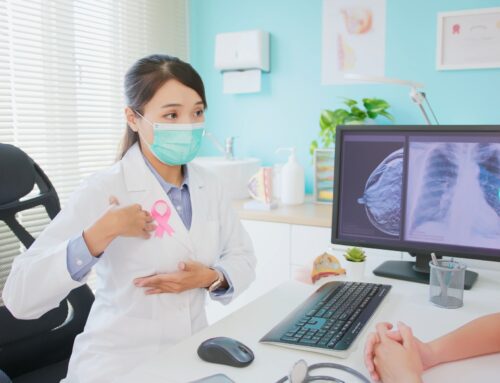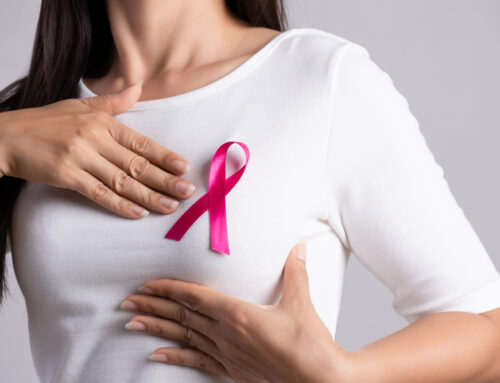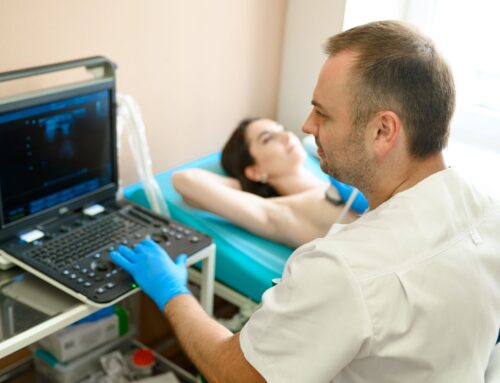Any type of lump or mass felt in a breast can be alarming. Here, we discuss what you should know about breast cysts.
A breast cyst is a benign condition that involves the development of one or more fluid-filled sacs in the breast tissue. This is a very common condition, particularly for women transitioning through peri-menopause, between age 35 and 50. After menopause, unless a woman is taking hormone replacement therapy, the likelihood of breast cysts is very low.

Cysts develop in the area between the milk ducts and the milk-producing glands. They may be so small that they are never discovered, except through mammography. Cysts can also be large enough to feel during a routine self-exam. A cyst may feel soft, like a water-balloon, or it may feel firm. Furthermore, a cyst may change over time. Additional cysts may form in one or both breasts. A cyst may increase or decrease in size. It may resolve and no longer be felt. These variances can make it difficult for a woman to avoid unnecessary worry. This is why it is important to schedule a breast exam when any type of abnormality is felt.
What Not to Do When You Have a Breast Cyst
Once a woman knows that her lumps are non-cancerous fluid-filled cysts, she may assume that any change in breast tissue, such as new lumps, is also cystic. While this is very likely true, a new lump must be examined by a doctor. A breast cyst will not become cancerous. However, cancerous tumors can develop near a cyst or elsewhere on the breast. Women with breast cysts should not stop performing self-exams each month. They should not stop seeing their doctor for an annual exam or breast exam of new lumps. Women also do not need to have their cysts drained or removed. However, they may choose to do so. The most common reason women choose to have breast cysts treated is pain.
What You Can Do About Breast Cysts
Breast cysts are not preventable nor are they curable. However, some women report a decrease in symptoms following various lifestyle changes, such as:
- Discontinuing hormone replacement therapy
- Eliminating caffeine
- Eliminating red meat
- Decreasing salt consumption
- Wearing a supportive bra
One of the benefits of high-quality mammography is that this screening can restore peace of mind for women with breast cysts.
What Not to Do When You Have a Breast Cyst
Once a woman knows that her lumps are non-cancerous fluid-filled cysts, she may assume that any change in breast tissue, such as new lumps, is also cystic. While this is very likely true, a new lump must be examined by a doctor. A breast cyst will not become cancerous.





